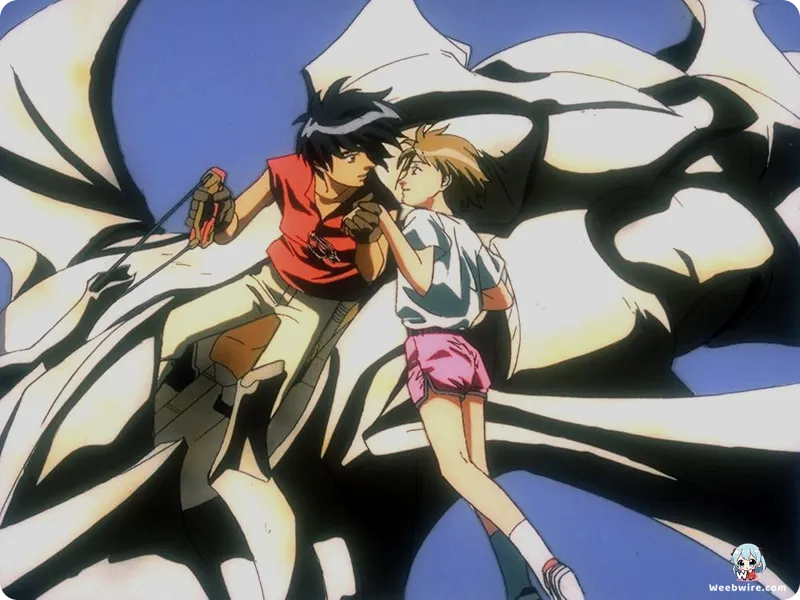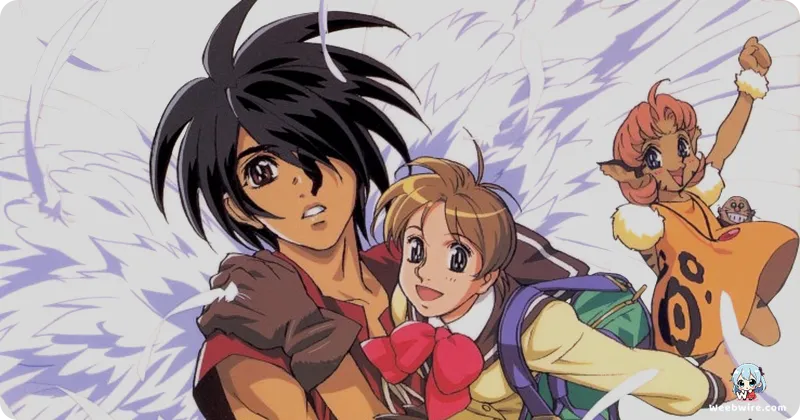Behind the Mecha and Magic: Unpacking the Revolutionary Score and Disastrous US Launch of The Vision of Escaflowne

The Vision of Escaflowne (Tenkū no Esukafurōne), which premiered in 1996, is widely recognized as a significant landmark in animation history. The series follows high school track runner Hitomi Kanzaki after she is unexpectedly transported to the mystical world of Gaea. Beyond its compelling narrative, the production holds numerous creative decisions and behind-the-scenes details that solidified its enduring influence. Its lasting legacy stems from the complex integration of shoujo romance, high fantasy, and sophisticated mecha action, driven by ambitious artistic choices.
The Orchestral Scope of Yoko Kanno's Score
A central element contributing to the show's cinematic quality is the extraordinary musical composition provided by the legendary Yoko Kanno, in collaboration with Hajime Mizoguchi. Kanno's involvement immediately elevated Escaflowne beyond typical mid-1990s television productions. The score is a powerful blend of European classical traditions, evocative Celtic folk melodies, and dramatic choral arrangements. Notably, Kanno committed to utilizing a full orchestra and choir for the entire 26-episode series, a decision that granted the anime an unprecedented sense of scale and depth.
The mystical atmosphere of Gaea was further enhanced by the choral pieces, such as 'Sora' and 'Dance of Curse,' which feature lyrics written in an entirely original, fictional language specific to the world of Gaea. This meticulous dedication to linguistic and musical world-building highlights the production staff’s unwavering commitment to artistic integrity and detail.
Genre Fusion and Mecha Design
Under the direction of Kazuki Akane, Escaflowne successfully executed a challenging fusion of genres. It expertly incorporated classic shoujo elements, focusing on destiny, emotional depth, and a female protagonist with psychic abilities, while simultaneously integrating the heavy political intrigue and armored combat typically found in shonen and seinen works.
The mecha units, known as Guymelefs, are distinguished by their unique design. They are not presented as standard futuristic robots but rather as armored, crystal-powered knights capable of transforming into majestic, dragon-like transport forms. The protagonist’s mecha, the titular Escaflowne piloted by Prince Van Fanel, often features feathered wings, effectively blending advanced technology with ancient magic. This intentional design choice, led by mechanical designer Kimitoshi Yamane, ensured the robots felt organic to Gaea’s medieval aesthetic, thus maintaining continuity for the core fantasy audience.

The Cautionary Tale of North American Localization
Any comprehensive discussion of Escaflowne must address its infamous initial release in North America. When Bandai Entertainment launched the series on the Fox Kids block in 2000, it experienced a catastrophic localization failure. Rebranded simply as Escaflowne, this version was heavily edited, resulting in the removal of six episodes, the deletion of nearly all romantic and psychological content, and the replacement of Yoko Kanno's iconic operatic opening theme, 'Yakusoku wa Iranai,' with a generic rock track.
The removal of crucial internal monologues rendered the plot largely incoherent, leading to its rapid cancellation and a poor initial reception in the West. It was only through the subsequent release of the full, uncut, subtitled version that the series finally achieved the critical acclaim and devoted following it deserved. The heavily compromised Fox Kids edit remains a fascinating, albeit painful, cautionary tale in the history of anime distribution.
Furthermore, the subsequent 2000 film, Escaflowne: A Girl in Gaea, further demonstrated the staff's creative versatility by offering a darker, non-canonical emotional retelling focused intensely on Hitomi's internal struggles.
Credits
The Vision of Escaflowne
Author
Hajime Yatate (Original Concept)
Cover Art
Nobuteru Yūki
Studio
Sunrise
Publisher
Sunrise
Producers





